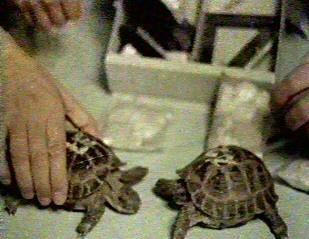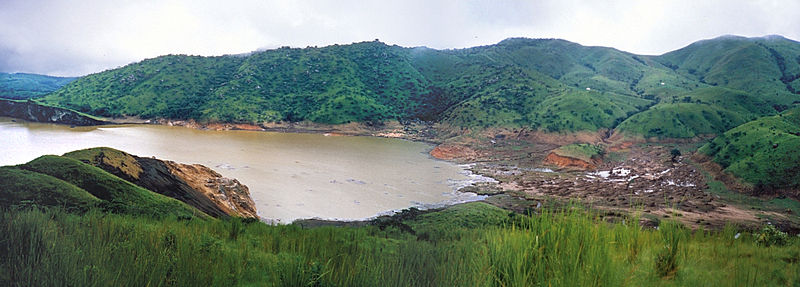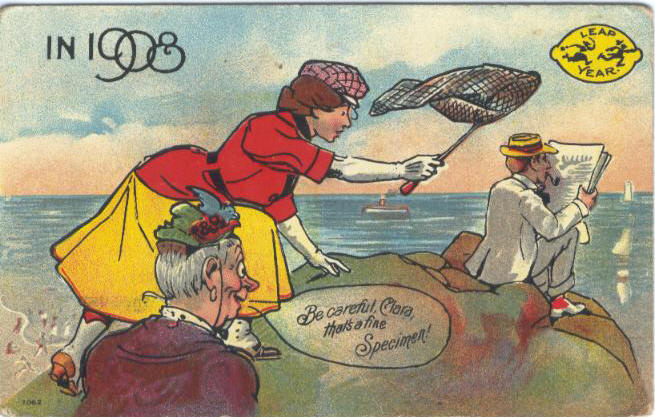Back in ’69, Neil Armstrong and the crew of Apollo 11 landed on the Moon to the applause of the world and the relief of NASA. The race to the Moon had lasted nearly a decade and was an non-violent outpouring for all the aggression and tension between the USA and the USSR. Many people lost their lives in accidents on both sides, and the total cost for the two nations was between 27 and 33 billion dollars (roughly 132 to 161 billion in 2012 dollars). Despite the race lasting as long as it did and the huge number of people involved, many people believe the entire spectacle was a hoax. While the Moon landing did happen, that doesn’t mean there wasn’t a conspiracy: it lasted less than a week and was perpetrated by the USSR.
First a little history: the year is 1961 and the USSR has successfully launched Sputnik in 1957 and launched Yuri Gagarin into space on April 12th of this year. The space race, insofar as it is a race to space, has been won and John F. Kennedy doesn’t want to admit defeat. Instead, he consults with NASA Administrator James Webb and other officials and learns that the US might be able to beat the USSR to the Moon, though it will take about a decade to do so. He announces this intention to Congress on May 25th of the same year, before telling the world that the USA chooses to go to the Moon in his famous speech more than a year later.
To make the Moon mission a reality, NASA reveals the Gemini program which would serve as an intermediary step before the Apollo missions. The USSR has ambitious plans to go to Mars by 1970, but their technology is behind their reach. With the Gemini announcement, they quickly turn to achieving as many firsts in space as they can while simultaneously trying to design a spacecraft that could go to the Moon, all with 20%-44% of NASA’s budget. As recounted on Wikipedia, they cut corners to reach goals such as the first multi-person spacecraft and shirt-sleeve flight, both of which were accomplished on the same flight by not giving the cosmonauts spacesuits and thus posing a significant risk to them if something went wrong. Their other tactic was achieving relatively easy goals like the first woman and civilian in space, a feat that was only done for the propaganda value.
Jumping ahead to 1968, the space race was tight with the USA slightly ahead. The USA was on track to land on the Moon before the decade was out while the USSR had a setback in its heavy lifting rocket, meaning that they could launch something into the Moon’s orbit, but nothing heavy enough to land on the Moon and take off again. Knowing that the US was planning on launching a manned mission to orbit the Moon in January 1969, and that they would only win the race if the USA faltered, the USSR came up with a plan.
On September 15, 1968, the USSR launched Zond 5 which took off, communicated back to the ground, traveled to the Moon over three days, orbited it on the 18th, and successfully splashed down on September 22nd with all inhabitants successfully recovered. This greatly panicked everyone at NASA because they weren’t ready for such a flight for at least three months, putting the USSR squarely in the lead in the space race. However, they slowly realized something was amiss when they noticed that transmissions between the spacecraft and the ground only happened on the way to the Moon and not on the return voyage. It turned out that the flight was automated and the primary creatures aboard the ship were two Russian tortoises pictured above.
In the end, the USSR was unable to get their rocket to work, Apollo 8 successfully orbited the Moon on December 24, 1968 with a crew of three, and the USA was the first nation to land on the Moon on July 20, 1969.
Today’s Tangent: What’s the difference between a turtle and a tortoise? They both have a similar evolutionary history, but tortoises live on the land and turtles live in the water. Turtles have webbed feet and long claws which they use for swimming and digging out holes to lay eggs, while tortoises have shorter and sturdier legs. The other main difference is their shells, with turtles have light-weight and flatter shells while tortoises have rounded and heavier shells, often with bumps on top.






